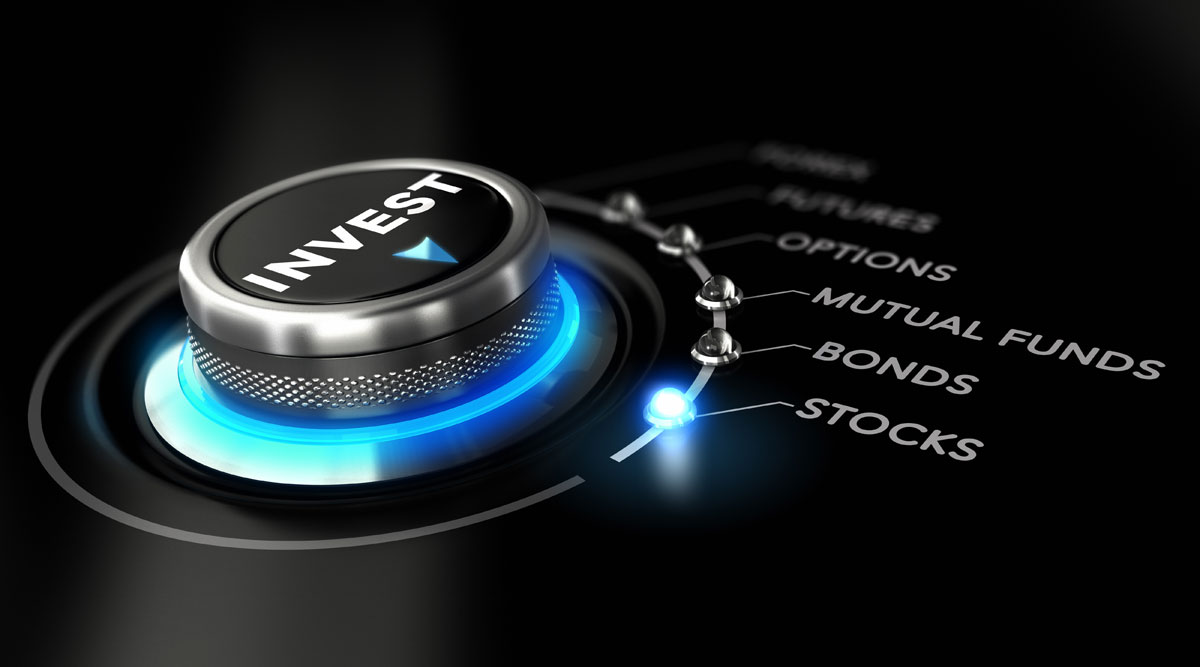On Investing, Basic Stock Market Terminology
In this installment, I use an analogy of a home to cover the basic terminology used in stock market investing. Confused when you hear stock market jargon? Relax. It’s really not that complicated. And I will start to demystify it using an analogy most of us can relate to. Owning a home, writes Arjun Oza. – @Siliconeer #Siliconeer #investing #stockmarket #arjunoza
Let’s get started. Imaging you and 9 partners jointly own a home in San Jose. It is valued at $250,000. So each of you own one-tenth of the home. Each share is therefore worth $25,000 each. The home is 1,250 square feet in area. Which means that it is valued at $200 per square foot ($250K = $1,250 square feet x $200 per square foot). You have 2 loans outstanding on the property. One is a loan of $50,000 that you have to pay in 6 months. The other loan of $150,000 is to be paid in 10 years. You rent it out for $20,000 per year. Next year, you plan to increase the rent on the house to $25,000 per year (ouch!).
So let’s start mixing in some stock market terminology into our house analogy.
Each public company issues shares that you and I can buy in the stock market. Each share we own represents a small ownership in the company. Think one-tenth ownership in the home. And we are called shareholders. If you own more shares than me in a company, then well you own a larger proportion of the company than me and are a bigger shareholder than me. Good for you! If you tally the total number of shares owned by all the shareholders, that is the number of shares outstanding (10 “shares outstanding” in our home analogy). For example, the Coca-Cola Company has about 4.2 billion shares outstanding! Its share price right now is $40. That means each share of the company can be bought by us at $40 (just as each share in our house can be bought for $25,000). All this information is readily available to all of us.
The market capitalization (or market cap for short) represents the total value of the company (your house). It is calculated by multiplying the number of shares outstanding (10 in the house) by the share price ($25,000). So our house has a market cap of $250,000. Coca-Cola’s shares outstanding (4.2 billion) x share price ($40 per share) gives it a market cap of $168 billion. Simply put, the stock market says the company is worth $168 billion today. The key to profitable investing is to find a company that you think is worth more than what it is selling for today.
Each public company has a unique code that identifies it easily. It gets tedious to say “I bought shares of The Coca-Cola Company today.” So The Coca-Cola Company has a code “KO” that uniquely identifies it. The unique identifier is called the stock symbol. You can impress your friends by casually saying “I bought some KO today.” Those in the know, know. Southwest Airlines stock symbol? LUV. Taco Bell’s parent company ticker? YUM.
You derive income from your home in the form of rent. Similarly, many companies pay a portion of their earnings as dividend to their shareholders. Our home pays each partner a yearly “dividend” of $2,000 per year. Similarly, KO is paying a dividend of $1.40 per share in 2016. If you own 100 shares of KO, you will receive a dividend (cash) of $140 this year!
When a bank pays you interest on your savings account, they quote it as a percent. Our credit union pays 1.00% on savings account. That makes it easy to compare across banks. Similarly, the dividend is usually expressed as a percent called the dividend yield or simply yield. It is calculated as the dividend divided by the share price. For KO, the dividend yield is 3.5% ($1.40 divided by $40). The yield allows you to compare how much you will receive in dividends if you were to invest the same dollar amount in each company.
In the next installment, I will share more of the vocabulary of the stock market.
Past performance is not a guarantee of future results. The above article is for informational purposes only. Readers are advised to seek individual advice from a professional of their choice before investing.


